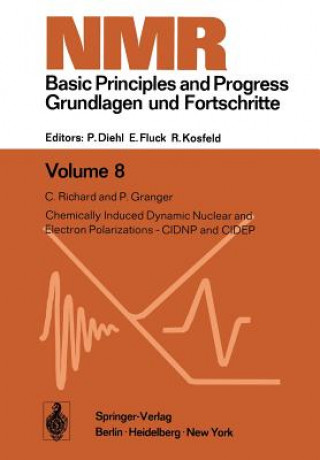
Kód: 06620715
Chemically Induced Dynamic Nuclear and Electron Polarizations-CIDNP and CIDEP
Autor P. Granger
Anomalous electron-spin state populations in the Electron Paramagnetic Re sonance (EPR) spectra of radicals formed during radio lysis experiments were observed in 1963 by FESSENDEN and SCHULER [170a]. This phenomenon did not recei ... celý popis
- Jazyk:
 Angličtina
Angličtina - Vazba: Brožovaná
- Počet stran: 130
Nakladatelství: Springer-Verlag Berlin and Heidelberg GmbH & Co. KG, 2011
- Více informací o knize

3313 Kč

Skladem u dodavatele v malém množství
Odesíláme za 12-15 dnů
Potřebujete více kusů?Máte-li zájem o více kusů, prověřte, prosím, nejprve dostupnost titulu na naši zákaznické podpoře.
Přidat mezi přání
Mohlo by se vám také líbit
-

Getting Away with Murder
1091 Kč -

Happy Prince and Other Stories
134 Kč -

Die Urkraft der Weiblichkeit
465 Kč
Darujte tuto knihu ještě dnes
- Objednejte knihu a zvolte Zaslat jako dárek.
- Obratem obdržíte darovací poukaz na knihu, který můžete ihned předat obdarovanému.
- Knihu zašleme na adresu obdarovaného, o nic se nestaráte.
Více informací o knize Chemically Induced Dynamic Nuclear and Electron Polarizations-CIDNP and CIDEP
Nákupem získáte 331 bodů
 Anotace knihy
Anotace knihy
Anomalous electron-spin state populations in the Electron Paramagnetic Re sonance (EPR) spectra of radicals formed during radio lysis experiments were observed in 1963 by FESSENDEN and SCHULER [170a]. This phenomenon did not receive much attention at the time. In 1967, BARGON, FISCHER, and JOHNSEN [5] and independently WARD and LAWLER [7,8] reported a similar phenomenon for Nuclear Magnetic Resonance (NMR) spectra taken during radical reactions: emission or enhanced absorption, or both. The earliest attempts to explain this new NMR phenomenon treated these effects in a way similar to that of Dynamic Nuclear Polarization (DNP) or the Overhauser effect. Although the polarization has a completely different origin, DNP gave its name to this effect: Chemically Induced Dynamic Nuclear Polariza tion (CIDNP). [The name Chemically Induced Dynamic Electron Polarization (CIDEP) was introduced later by analogy with CIDNP]. After the initial publica tions, all the new data demonstrated that the first theory could not be correct. In 1969, a new theory was proposed by CLOSS [18] and independently by KAPTEIN and OOSTERHOFF [23] and called the radical-pair theory. This mechanism was proposed to account for the observations of polarization in both NMR and EPR. The radical-pair theory is based on weak interactions in a pair of radicals: the strength of interaction between the electronic states of the radicals depends in particular on the nuclear-spin states.
 Parametry knihy
Parametry knihy
Zařazení knihy Knihy v angličtině Mathematics & science Chemistry Organic chemistry
3313 Kč
- Plný název: Chemically Induced Dynamic Nuclear and Electron Polarizations-CIDNP and CIDEP
- Autor: P. Granger
- Jazyk:
 Angličtina
Angličtina - Vazba: Brožovaná
- Počet stran: 130
- EAN: 9783642657955
- ISBN: 9783642657955
- ID: 06620715
- Nakladatelství: Springer-Verlag Berlin and Heidelberg GmbH & Co. KG
- Hmotnost: 249 g
- Rozměry: 244 × 170 × 8 mm
- Datum vydání: 15. November 2011
Oblíbené z jiného soudku
-

Brown's Introduction to Organic Chemistry
1671 Kč -

Organic Chemistry
2078 Kč -

3000 Solved Problems in Organic Chemistry
990 Kč -

Organic Chemistry
2680 Kč -

Solutions Manual to accompany Organic Chemistry
1601 Kč -

Organic Chemistry I For Dummies, 2nd Edition
471 Kč -

Workbook for Organic Synthesis: The Disconnection Approach
1441 Kč -
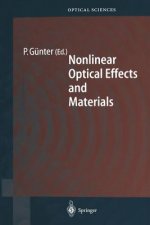
Nonlinear Optical Effects and Materials
1681 Kč -

Molymod MMS-003
1161 Kč -

Advanced Organic Chemistry
2572 Kč -

Advanced Organic Chemistry
1892 Kč -

Organic Chemistry of Biological Pathways
2852 Kč -

Molecular Orbitals and Organic Chemical Reactions - Student Edition
2037 Kč -

Mechanisms of Organic Reactions
1086 Kč -
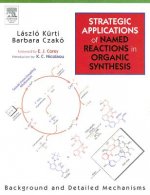
Strategic Applications of Named Reactions in Organic Synthesis
3301 Kč -

Organic Synthesis - The Disconnection Approach 2e
1146 Kč -

Molecular Model Set for Organic Chemistry
772 Kč -

Modern Physical Organic Chemistry
3667 Kč -

March's Advanced Organic Chemistry - Reactions, Mechanisms, and Structure, Eighth Edition
5733 Kč -

Organic Chemistry: A Very Short Introduction
249 Kč -

Organic Chemistry, Global Edition
2599 Kč -

Organic Synthesis - Strategy and Control
3021 Kč -

Fundamentals of Organic Chemistry, International Edition
2808 Kč -

Solomons' Organic Chemistry
1825 Kč -
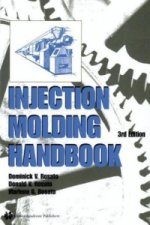
Injection Molding Handbook
2154 Kč -

Organic Chemistry with Biological Applications
3135 Kč -
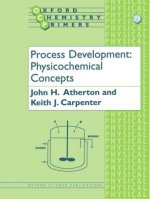
Process Development
962 Kč -

Organic Stereochemistry
1086 Kč -
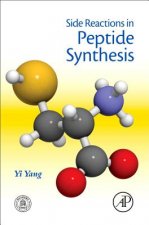
Side Reactions in Peptide Synthesis
2935 Kč -

Amino Acids and Proteins for the Athlete: The Anabolic Edge
6983 Kč -
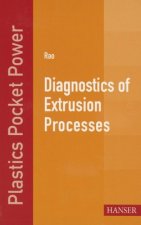
Diagnostics of Extrusion Processes
415 Kč -

Silica Aerogel Composites
2680 Kč -

Polymeric Foams and Foam Technology
8066 Kč -

Poly(lactic acid) Science and Technology
6727 Kč -

Organic Chemistry as a Second Language - First Semester Topics, Fifth Edition
2280 Kč -
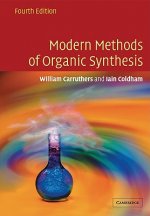
Modern Methods of Organic Synthesis
3398 Kč -

Workbook in Organic Chemistry
962 Kč -

Organic Chemistry
3717 Kč -

Workbook for Organic Synthesis - Strategy and Control
2688 Kč -
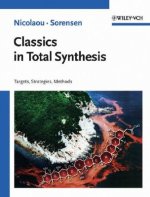
Classics in Total Synthesis - Targets, Strategies, Methods
2626 Kč -

Organic Chemistry
4423 Kč -

Advanced Practical Organic Chemistry
2820 Kč -

Organometallics 3e
2115 Kč -
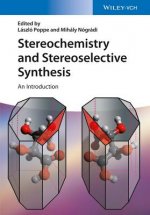
Stereochemistry and Stereoselective Synthesis - An Introduction
1687 Kč -

Organic Redox Systems - Synthesis, Properties, and Applications
6109 Kč -

Chemistry of the Carbonyl Group - A Step-by-Step Approach to Understanding Organic Reaction Mechanisms - Revised Edition
1473 Kč -

Applied Organometallic Chemistry and Catalysis
1086 Kč -
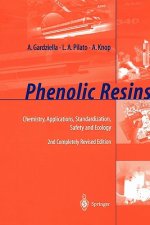
Phenolic Resins
14888 Kč -
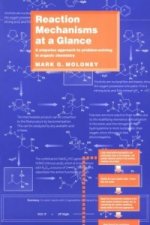
Reaction Mechanisms At a Glance - A Stepwise Approach to Problem-solving in Organic Chemistry
1352 Kč
Osobní odběr Praha, Brno a 12903 dalších
Copyright ©2008-24 nejlevnejsi-knihy.cz Všechna práva vyhrazenaSoukromíCookies


 Vrácení do měsíce
Vrácení do měsíce 571 999 099 (8-15.30h)
571 999 099 (8-15.30h)